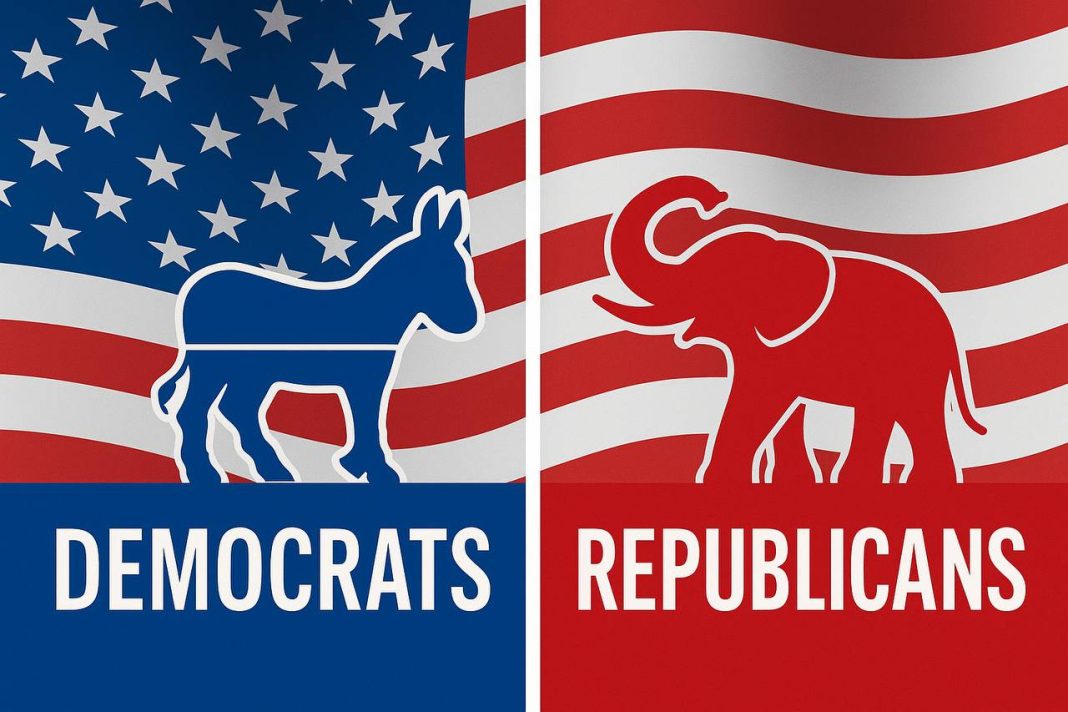The New York Times has published an analysis of federal statistics revealing a troubling trend for the Democratic Party: from 2020 to 2024, the number of registered Democrats in the United States fell by 2.1 million, while the number of Republicans grew by 2.4 million.
The changes are especially evident in key swing states. In North Carolina, Republicans nearly erased their deficit within four years: from a gap of 400,000 voters it shrank to just 17,000. In Pennsylvania, the Democratic advantage dropped from 517,000 to 53,000. During that time, 314,000 Democrats re-registered as Republicans, while only 161,000 Republicans switched to the Democratic Party. In Florida, once considered a competitive state, Democrats led Republicans by 100,000 voters in 2020, but by 2024 they were trailing by as much as 1.2 million.
The main drivers of the Democratic decline have been young voters, men, and Hispanic Americans. In 2018, 66% of new voters under 45 registered as Democrats, but by 2024 that share had fallen to 48%. In Nevada, the number of new Republican voters under 35 was twice that of Democrats. A similar trend is seen among men: in 2020, 49% of new voters were Democrats, but by 2024 only 39%. For the first time since 2008, the gender gap – traditionally favoring Democrats – did not widen but slightly narrowed.
Support among Hispanic voters is also eroding. In North Carolina, the share of new Hispanic voters registering as Democrats fell from 72% to 58%, while in Florida it collapsed from 52% to 33%.
Overall, Democrats still outnumber Republicans nationwide, partly because large liberal states such as California, New York, and Massachusetts allow voters to register party affiliation, while several conservative states – including Texas, Ohio, and South Carolina – do not. However, even here the trend is unfavorable: in 2020 Democrats held an 11% overall lead in voter registration, but by 2024 that lead had narrowed to 6%.
The data from 2025 continues this pattern: since November 2024, the country has seen 160,000 fewer registered Democrats and 200,000 more registered Republicans.




